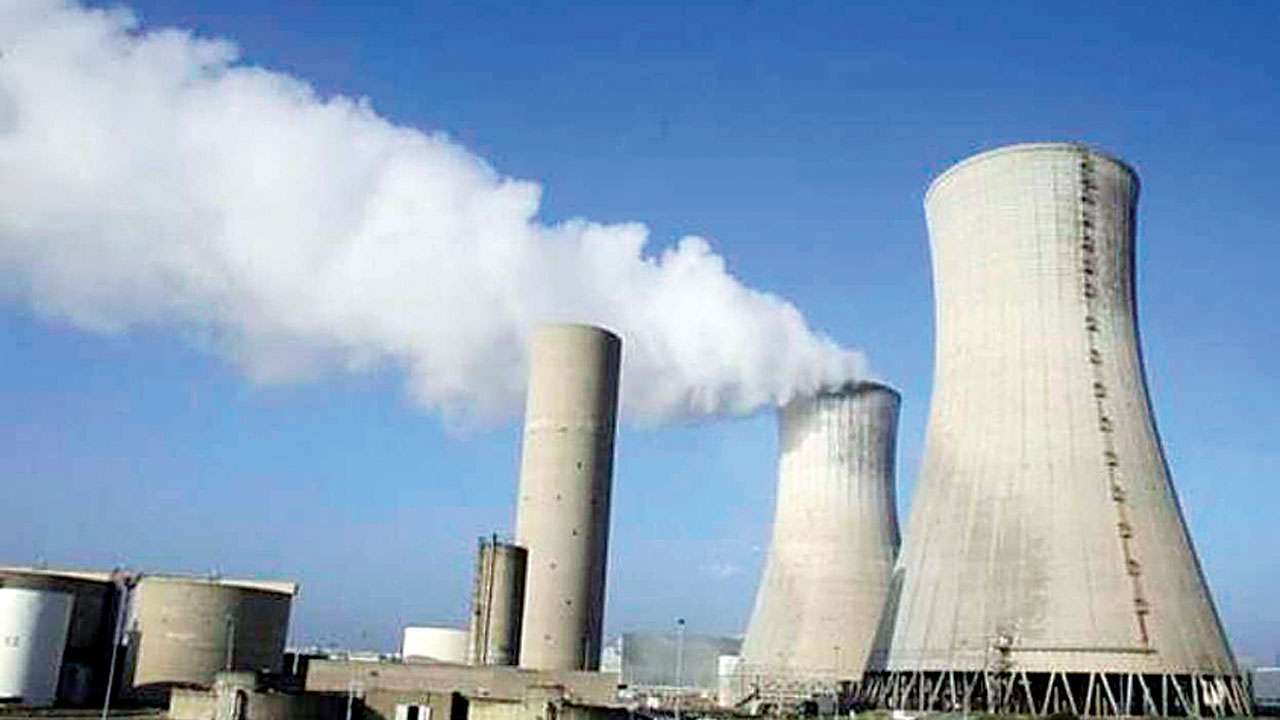
On July 1, 1968, a landmark treaty aimed at curbing the proliferation of nuclear weapons was opened for signature. The treaty, known as the Non-Proliferation Treaty (NPT) which has turned 50 years this week, has been the subject of much debate as to whether it has achieved its objective. On the UN’s side there has been no doubt. Speaking on the 50th anniversary of the NPT, UN Secretary General Antonio Guterres called it an “essential pillar of international peace, security and the heart of the nuclear disarmament and non-proliferation regime”.
However, this idea that NPT has been successful in preventing the spread of nuclear weapons has been a contested one. The reason being that even after the treaty came into force in 1970, three states which include India, Pakistan and North Korea have gone on to become nuclear power states. On its side, India believes the NPT to be “discriminatory” in nature as it calls upon countries to give up plans to build future nuclear weapons. It has thus refused to sign it.
Currently, there are only five designated Nuclear Weapons States (NWS) which includes the US, Russia, China, France and UK. All these countries had nuclear weapons before the NPT was opened for signature and therefore they were officially recognised as nuclear weapons states by the international community.
Today, as per the data released by the Arms Control Association, “the world’s nuclear armed states possesses a combined total of roughly 15,000 nuclear warheads, more than 90% of which belongs to US and Russia. Approximately 9,600 of these warheads are in military service, with the rest awaiting dismantlement”.
Current data on nuclear weapons shows that the US has 6,550 nuclear warheads, Russia has 6,850, France 300, China 280 and UK 215. On the other hand, the non-NWS states like India, Pakistan and North Korea possess 145, 135 and 15 nuclear warheads respectively. Even Israel has 80 nuclear warheads, though it has not declared itself a nuclear power state yet. Despite these figures, a total of 191 countries so far are signatories to the NPT. “More countries have ratified the NPT than any other arms limitation and disarmament agreement, a testament to the Treaty’s significance,” a fact stated by the United Nations Office for Disarmament Affairs.
The plus point of the NPT is that from 1968 to now nuclear stockpiles in general have decreased significantly. Before the NPT, both the superpowers — the US and the then Soviet Union — had nuclear stockpiles running into tens of thousands. In the last 50 years, a series of bilateral arms control agreements and initiatives have limited and reduced the size of nuclear arsenals of these countries. Another positive of the NPT has been that states, which at one point had nuclear weapons, voluntarily gave them up. This included countries like South Africa which completely dismantled its nuclear stockpiles and signed the NPT in 1991 while states like Ukraine, Kazakhstan and Belarus, which inherited the nuclear weapons from the Soviet Union following its dissolution, returned them to Russia.
The NPT also has its drawbacks in that it cannot prevent non-signatories from nuclear proliferation. Once a signatory to the NPT, North Korea announced its withdrawal from the treaty in 2003 and started developing its nuclear capabilities. Currently, it’s a nuclear power state.
The question then arises is what can the international community do if a state or multiple states become nuclear power states? Sure, economic sanctions can be put on them and international pressure can be created by making harsh criticisms of the states who go against the NPT’s strictures. But history has been witness to the fact that these sanctions and criticisms by the international community doesn’t matter much to states who go on the nuclear path. For those countries, becoming a nuclear power is in their national interest and therefore once a country decides to become a nuclear power state, nothing else can deter them or make them change their minds.
The best example of such a scenario, are the nuclear tests conducted by both India and Pakistan in May 1998. Then too, the major powers criticised both the South Asian neighbours but since no amount of sanctions could change the geo-political reality that India and Pakistan were nuclear power states, there has been no looking back since then. It has been 20 years since then and everyone has accepted the fact that both of them are now nuclear powers.
The fact of the matter is that options for great powers to deter other states from doing away with their nuclear stockpiles is very limited because once a state becomes a nuclear power, it deters other states from acting aggressively against them. It is due to this reason that superpowers are usually suspicious about the intentions of smaller states that they might be building their nuclear stockpiles secretively. Examples of this include US suspicions of countries like Iraq, Iran, Libya, Syria etc.
All the above examples highlight that the NPT has its limitations. But the fact that it is in existence makes countries more conscious of the fact that they have nuclear weapons. It has also enabled nations to ask other countries to use their weapons in a responsible manner which is no small feat. At the end of the day, NPT in existence is better than no NPT at all.